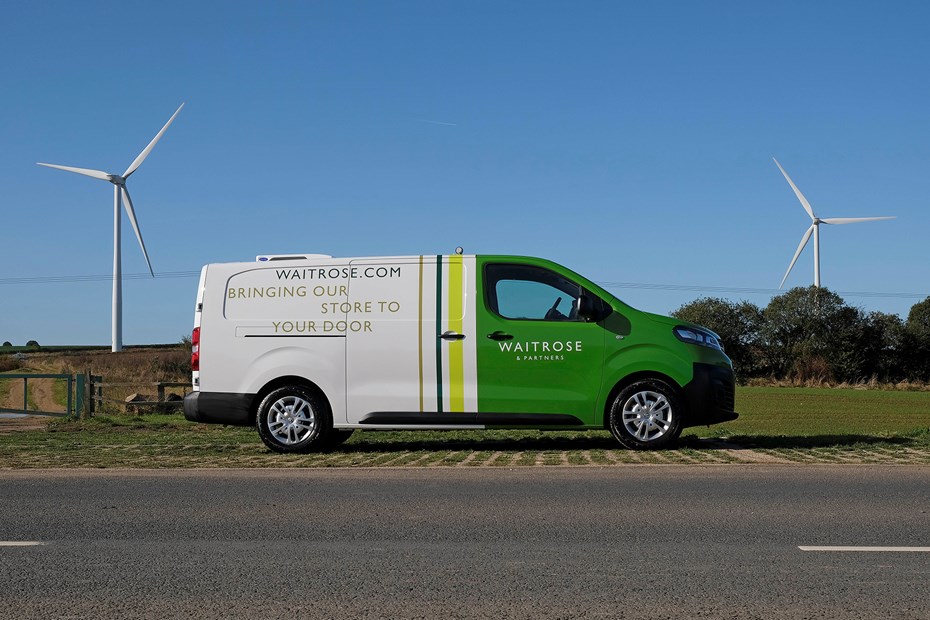Wireless charging technology isn’t new – you’ve probably got it on your smartphone or watch, for example – but it poses some serious challenges when delivering the amount of current needed to replenish an electric car or van. The convenience benefits mean firms are determined to make it work, so trials are underway around the UK.
Charging by magnetic resonance, rather than direct connection, isn’t a development; the first modern electric car, General Motors’ EV1, used it with a large paddle that attached to the nose of the car. MagneCharge could deliver 6.6kW, with 50kW in development, but the industry settled on the conductive plugs we use today over 21 years ago and we’ve been plugging in ever since.
Addressing several potential issues; plugs, wires and the need for bollards and private spaces to recharge in – the appeal of contactless ground plates is easy to understand. Current designs can achieve performance comparable to a 22kWh AC charger, but that still means charging times in hours for a depleted battery.
Proponents of wireless charging are banking on users finding the process so convenient, they top up regularly – so a vehicle could be parked for 30 minutes and recover charge from a 15 minute trip in urban areas.
British innovation behind wireless charging trials
Flexible Power Systems are working in conjunction with Edinburgh’s Heriot-Watt University to adapt Vauxhall Vivaro-e vans for wireless charging, and these are currently in use by Edinburgh Council and Waitrose.
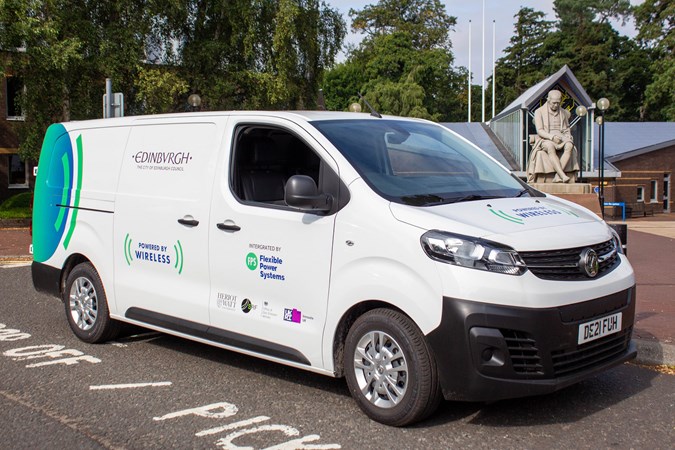
The charging systems are similar to models in use in America – where up to 200kWh charging is offered for electric buses – and are fully integrated into the Vivaro-e’s electronics and cooling system.
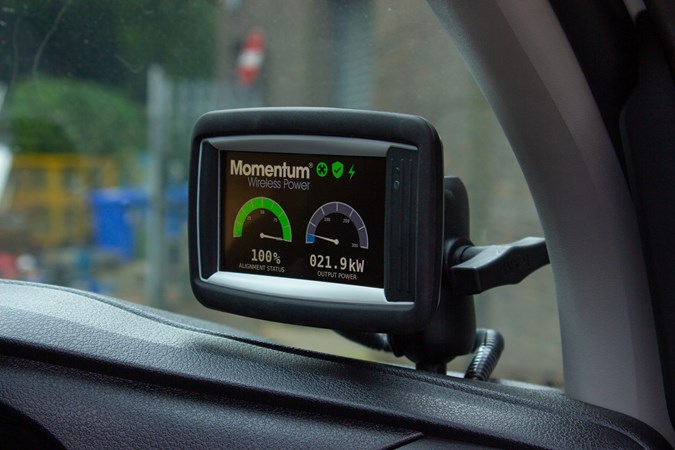
Adapting the wireless system’s CHAdeMO protocols to the European CCS technology used by the van is key to the conversion, but it also includes adding a camera that scans the plate for obstructions and heat sources, and a display to help with charge plate alignment.
Edinburgh trials
Four modified Vivaros are taking part in the £1.6 million project, led by Flexible Power Systems, in partnership with The City of Edinburgh Council and Heriot-Watt University. The aim is for the vans to top up charge in under an hour using the tech, suggesting the planned routes will use around a third of the 75kWh battery fitted to the L2H1-bodied Vauxhalls.
‘Wireless changing could offer fleets efficiencies in terms of number of chargers needed, time required for charging and space in depots, all barriers to electrification. In future, driverless vans could even be used, as no one is needed to plug in charging cables,’ said FPS managing director Michael Ayres.
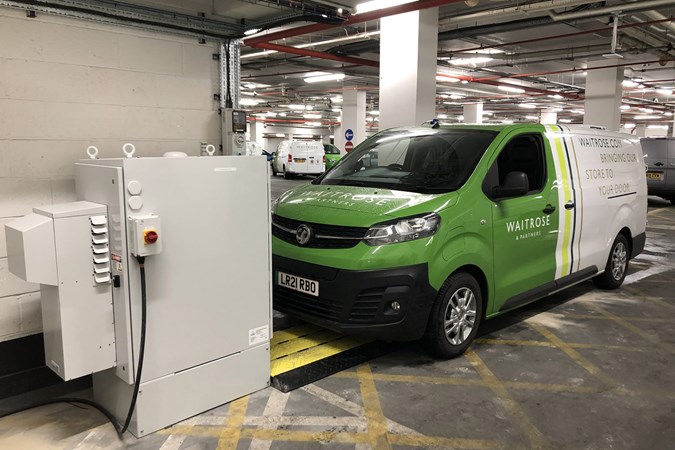
Contactless charging for a driverless future
The benefits of wireless charging are a key component for autonomous deliveries and logistics, currently seen as the ideal solution for city-centre green initiatves and cutting the environmental cost of online shopping.
‘While shared infrastructure and collaboration have great potential to reduce the costs of decarbonising last-mile logistics, there are complex scheduling and commercial trade-offs to be considered.’
‘Our research will help accelerate the decarbonisation of last mile deliveries and crucially reduce the cost of those operations.’ said Professor Phil Greening, deputy director of the Centre for Sustainable Road Freight.
The Edinburgh trial runs to April 2022.
Real-world logistics: Waitrose in London
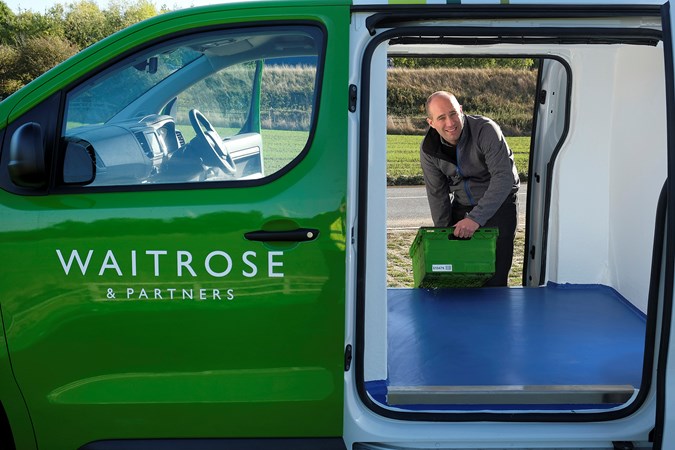
In November 2021 Waitrose began electric deliveries from its St. Katherine’s Dock store, using the same wireless technology and adapted Stellantis electric vans. The trial deploys seven vans for the fleet, and complements efforts to reduce CO2 in logistics by transitioning the fleet to electric and biomethane fuel.
How does wireless van charging work?
In a similar way to an alternator – by oscillating magnetism. Rather than spinning actual magnets mechanically (which is also how some electric cars charge, taking AC power to spin the motor and charge the battery) large electromagnetic coils in the ground plate are switched to create a varying electric field, and that influences a similar coil underneath the vehicle; currently at a frequency up to 100kHz rather than the low frequency 50/60Hz of cable connections.
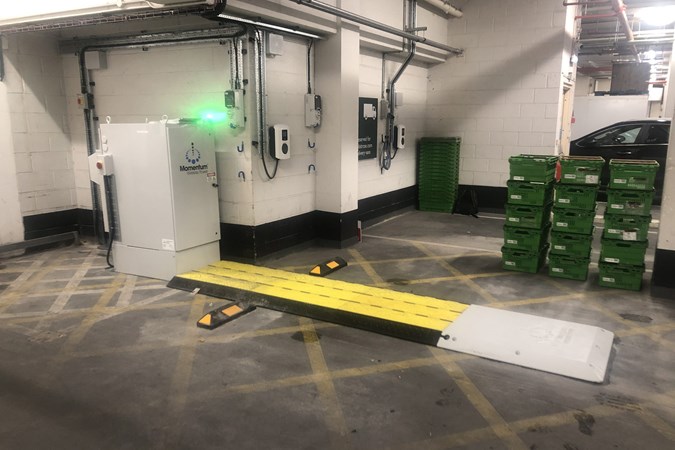
Efficiency is around 90% of a direct CCS connection, and charging rates up to 22kWh are currently being trialled. The magnetic field is within safe limits for humans and animals, but it is possible for metallic waste such as chewing gum wrappers to catch fire in the energy transfer so it’s important for the ground assembly plate to be clear of litter as well as wildlife.



